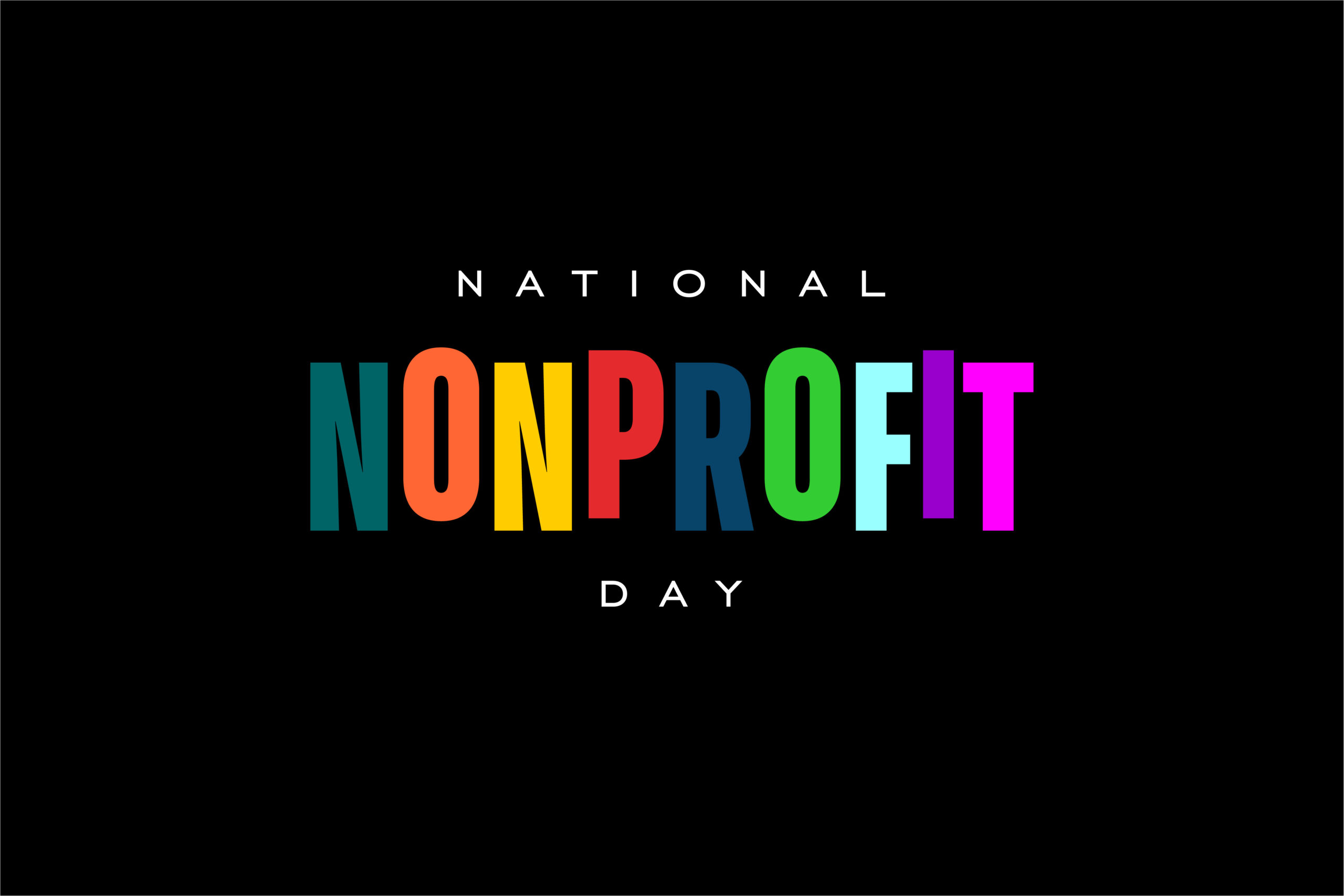Leveraging Your Board for Nonprofit Fundraising: 10 Strategies and Tips for Success
What if we told you that your nonprofit’s board members hold the keys to a fundraising revolution? Get ready to ignite their passion and unlock their full potential with these 10 creative strategies and tips for fundraising success!
In the world of nonprofits, the power of an engaged and motivated board can make all the difference when it comes to fundraising success. Board members bring a wealth of experience, connections, and passion to the table, but sometimes, they need a little nudge to fully unleash their potential. That’s where this blog post comes in! We’ve gathered 10 creative strategies and tips for leveraging your board members’ unique talents, turning them into fundraising superstars that will drive your organization forward. Say goodbye to missed opportunities and hello to a thriving nonprofit as we dive into these game-changing methods that will set your board – and your organization – on the path to success.
1. Board Member Connections
A great way to leverage your board for success is by tapping into the power of personal and professional networks. Board members are often connected with people who can help you raise money in a variety of ways: they may have connections at other nonprofits, or they might be able to introduce you to potential donors through their own personal networks.
To take advantage of these connections, here are some tips:
- Schedule regular brainstorming sessions where board members can share potential contacts and discuss strategies for approaching them.
- Provide board members with resources and training on making effective asks for donations and support.
- Develop a system for tracking and monitoring board members’ outreach efforts to measure success and identify areas for improvement.
2. Matching Gifts
Board members can use matching gifts to help nonprofit fundraising by either making their own donations and matching them or by soliciting donations from others and offering to match them themselves.
If employees or retirees who serve on a nonprofit board make contributions, they could receive higher matching ratios or limits on their matching gifts. For example, PepsiCo doubles the average employee matching gift, but they actually triple employees who serve on a nonprofit organization board for up to $10,000 at a 2:1.
Board members can also spearhead matching gift challenges. This is where a key supporter of the organization agrees to donate a significant amount of money to a campaign, matching up to a certain amount. Matching gift challenges allow both major donors to show their support and encourage others to support the organization as well.
How to make the most of these matching gift challenges:
- Set clear guidelines for the matching gift campaign, including the time frame, maximum match amount, and any restrictions on eligible donations.
- Promote the matching gift campaign through various channels, such as social media, email, and events, to increase awareness and participation.
- Acknowledge and thank board members who participate in the campaign, both privately and publicly, to show appreciation and encourage further involvement.
3. Host Intimate Fundraising Events
Hosting intimate fundraising events is a great way to engage your board members and raise money for your organization. Board members are often in a position to invite their friends, colleagues, and other influential people to these events. They can also use their connections with local businesses and organizations to help you reach new audiences.
The benefits of small-scale events include:
- They are easier to plan than larger ones because they require less time and resources from staff members who may already be stretched thin by other responsibilities
- They have more impact because attendees feel more connected with one another than they would at a larger event where there’s little opportunity for personal interaction between guests
You can support your board members by:
- Collaborating with board members on event planning, including selecting a unique venue, creating a compelling program, and determining the appropriate guest list.
- Providing board members with talking points and training on how to effectively share your nonprofit’s mission and impact during the event.
- Following up with attendees after the event to thank them, gather feedback, and cultivate ongoing relationships that could lead to future donations.
4. Board Member Ambassadors
You may be wondering how to get your board members to act as ambassadors for your nonprofit. The first step is to make sure they know the importance of their role in fundraising, and why it matters so much.
Next, empower them by giving them tools that will help them become better advocates for your organization:
- Develop a toolkit for board members that includes key messages, facts, and talking points about your nonprofit to ensure consistent communication.
- Provide training on public speaking and networking so board members feel confident representing your nonprofit at various events.
- Encourage board members to share their experiences and learnings from events with the rest of the board, fostering a collaborative approach to ambassadorship.
5. Skills and Expertise
In order to leverage your board for fundraising, you need to identify their skills and expertise. Then match board members’ skills with specific fundraising projects or initiatives that can benefit from their expertise. This can be done by conducting a skills assessment of your board members to identify their unique strengths and areas of expertise.
If a skills assessment feels too formal, simply ask them what they do for a living, or look at their LinkedIn profiles. You may be surprised by what you find!
For example, if one of your board members is an accountant, ask him or her if he/she would be willing to help with financial planning for the organization. If another member has experience in marketing campaigns, consider having him/her lead some marketing efforts on behalf of the nonprofit (and then make sure that person gets credit!).
6. Corporate Partnerships
Corporate partners are a great way to raise money for your nonprofit. They can provide funding, in-kind donations and other resources that will help you achieve your goals. Board members have access to corporate partners through their own networks of contacts, which can be leveraged to bring in new donors and supporters.
Here are some tips for fostering corporate relationships through board members:
- Research potential corporate partners that align with your nonprofit’s mission and values, and prioritize those with existing connections to your board members.
- Develop tailored proposals for each potential corporate partner, highlighting the benefits and opportunities of the partnership.
- Involve board members in meetings and presentations with potential corporate partners, leveraging their connections and expertise.
7. Grant Writing
Grant writing is a key component of fundraising. It’s also an area where board members can be particularly helpful, especially if they have experience with grant writing or have connections in the community.
If you’re looking to create a successful grant-seeking committee, here are some tips:
- Identify board members with grant-writing experience or connections in the grant-making community and form a dedicated grant-seeking committee.
- If possible, get volunteers who want to write grants themselves rather than just serve on an oversight committee (which may not require much time). Volunteers who know how difficult it can be to write successful proposals will also feel more invested in helping you succeed!
- Provide training and resources to the grant committee to ensure they are well-equipped to research, apply for, and secure grants.
8. Social Media Influencers
Board members who have large followings can be valuable assets to your nonprofit’s fundraising efforts. By leveraging their online presence and reach, these board members can raise awareness about your organization, amplify your message, and potentially reach a broader audience of potential donors.
Tips for leveraging board members as social media influencers:
- Develop a social media strategy for board members, including guidelines for posting, messaging, and engagement.
- Provide board members with shareable content, such as graphics, videos, or pre-written posts, to make it easy for them to promote your nonprofit on their platforms.
9. Peer-to-Peer Fundraising
Peer-to-peer fundraising is a great way to engage your board members and other supporters in your cause. It can also be a powerful tool for raising funds, especially if you have an engaged board of directors who are willing to help out with the campaign.
Here are some tips for implementing effective peer-to-peer fundraising strategies:
- Encourage board members to create personal fundraising pages or teams. This will allow them to share their stories and encourage others in their networks (friends, family members) to donate as well.
- Provide board members with simple, user-friendly tools to create their personal fundraising pages or teams. Nonprofit fundraising platforms like Flipcause offer an affordable and easy way for your board members to raise money on your behalf, and even provides a Success team that can create the pages for you.
- Encourage friendly competition among board members by setting up a leaderboard or offering incentives for top fundraisers.
10. Testimonials and Storytelling
Testimonials and storytelling can be powerful tools for board members to use in their fundraising efforts. By sharing personal experiences and stories of impact, board members can inspire and engage potential donors, and help to build a stronger connection between the nonprofit and its supporters.
- Interview board members to capture their personal stories and reasons for supporting your nonprofit.
- Develop a variety of formats for sharing these testimonials, such as written quotes, videos, or audio recordings, to appeal to different audiences and platforms.
- Incorporate board member testimonials into your fundraising materials, social media posts, and events to create a genuine and compelling narrative that inspires others to give.
Leveraging your board for nonprofit fundraising can significantly contribute to your organization’s success. By utilizing these 10 creative strategies and tips, you’ll be able to maximize the potential of your board members and foster a collaborative environment that drives fundraising efforts. Remember, your board members are valuable resources with unique connections, skills, and expertise that can be harnessed to further your nonprofit’s mission. Encourage them to be active participants in the fundraising process, and don’t hesitate to explore new and innovative ways to engage them. The more your board members are involved and invested in your nonprofit’s success, the more fruitful your fundraising efforts will be.





best fundraising platforms
July 20, 2023Hey folks! 🙌 Check out this awesome article from The Modern Nonprofit! It’s packed with 10 creative strategies and tips to leverage your board for fundraising success! 💰💡 Whether you’re a nonprofit professional or a board member, you’ll find valuable insights to boost your fundraising efforts. Happy fundraising! 🎉🌟
Best fundraising platforms
July 30, 2023This article on leveraging boards for nonprofit fundraising is insightful and practical. The 10 creative strategies mentioned offer innovative ways to achieve fundraising success. As a nonprofit professional, I’ll definitely incorporate these tips to enhance our organization’s fundraising efforts and engage our board more effectively. A must-read for anyone in the nonprofit sector!